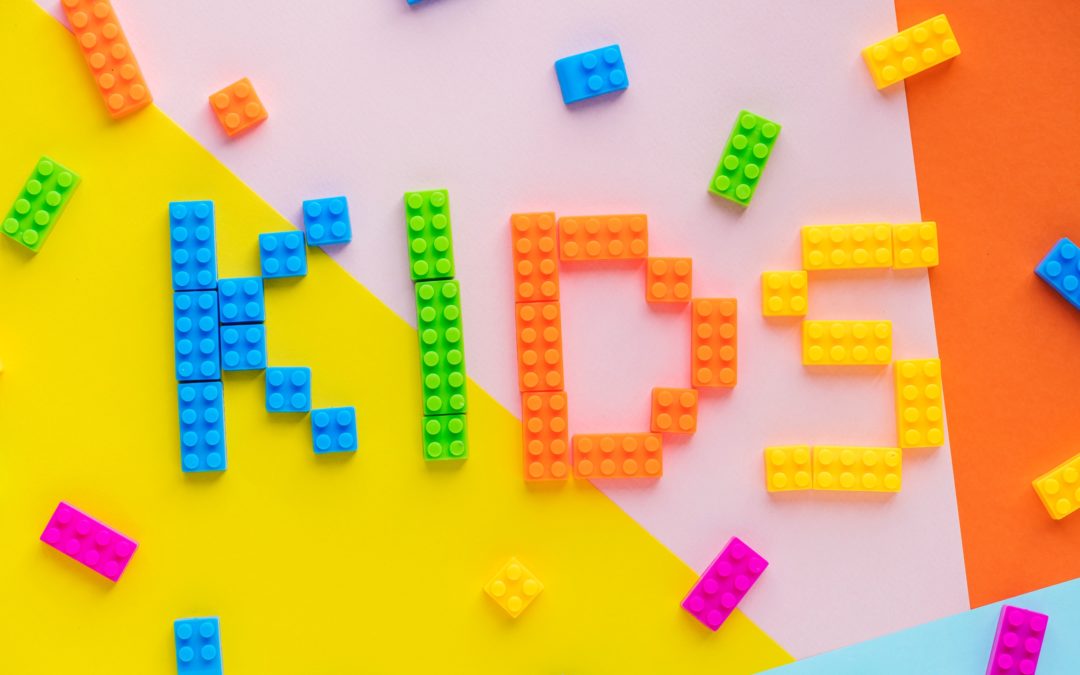To most people, bullying looks straight forward…there is a target and a bully and that’s it. But if you stop to look a little closer, bullying is like a play with different people who play different roles. Each person has a “role” or responsibility in the way bullying hurts people. Whether they realize it or not, almost everyone reading this has been involved in bullying in some way or another.
A person’s role in bullying is not always the same. The same person can play a different role each time they witness someone being bullied. Here are examples of the roles someone might play in a bullying situation:
The person doing the bullying is the target. They are the person receiving the unwanted attention. The person giving the target the unwanted attention, in the form of verbal abuse, physical abuse or any other unwanted attention, is the bully.
The person (or people) that witness the bullying and do nothing are the bystanders. The bystanders who cheer the bully on by cheering or laughing are called reinforcers because they are helping to reinforce the bully’s bad behavior as being OK.
Assistants are people that help the bully by doing things like holding the target down or acting as a “lookout” for the bully so that they can avoid getting in trouble for bullying.
While it may seem like only the target is hurt by bullying. The fact is that everyone involved in bullying is hurt by it. You may not be able to see any bumps or bruises, there are other things that can negatively affect those who are involved in bullying.
Studies show that if a person sees bullying happen but does nothing about it is more likely to experience stress, worry and even anger. Students who repeatedly see or hear bullying interactions are more likely feel more stress at school and will try to avoid school altogether. Believe it or not, these feelings also happen to the person who does the bullying!
There is one more role that a bystander can play. By being an upstander, you can help prevent bullying. Anyone can be an upstander and make changes for the better. Upstanders have qualities in common like respect for others, empathy, bravery, risk-taking and compassion. The more upstanders there are, the more power they have against bullying.



Recent Comments